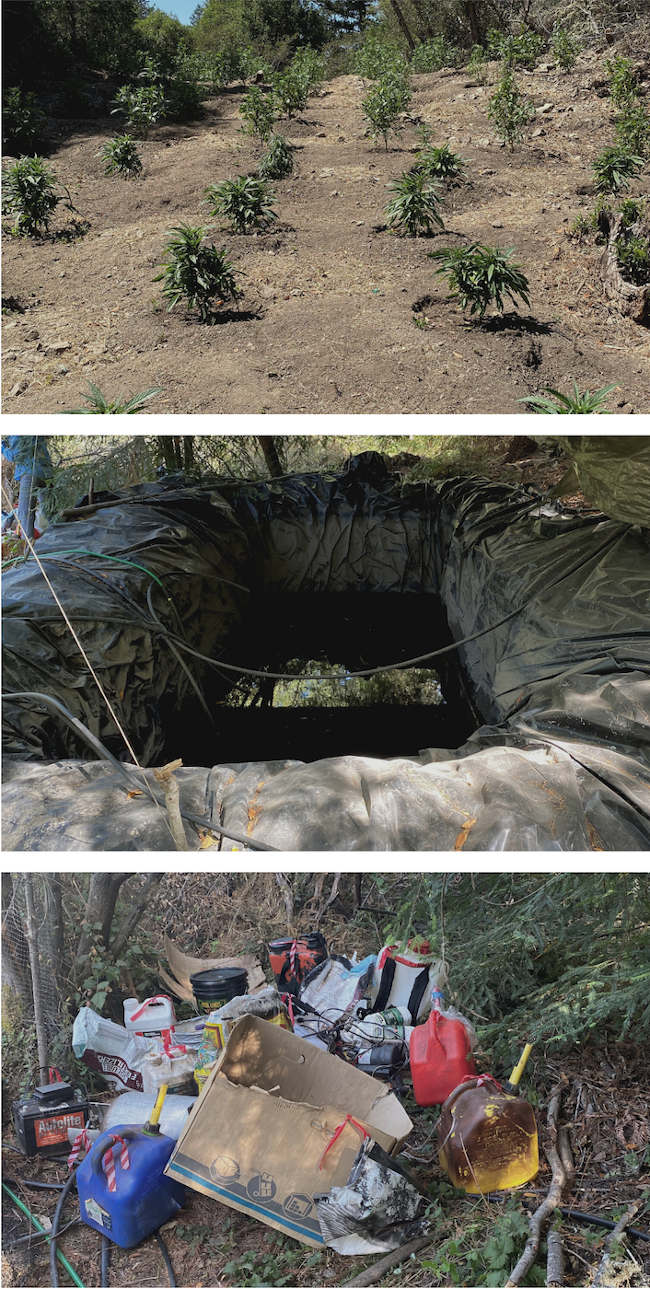- Lake County News Reports
- Posted On
California secures Presidential Emergency Declaration for Caldor fire
“We thank President Biden and Vice President Harris for their steadfast support to California as we battle these challenging fires,” said Gov. Newsom. “Our continued partnership with the federal government is critical to protecting communities and ensuring impacted Californians have the supports they need to get back on their feet.”
The Presidential Emergency Declaration for the Caldor fire will supplement state, local and tribal government emergency services for the protection of lives, property, public health and safety.
As the Caldor fire burns, Gov. Newsom has directed state agencies to rapidly and thoroughly document the extent of the damage to ensure the state is able to pursue further federal support for individuals and communities impacted by the fire, which to date has burned more than 207,000 acres and ranks as the 15th largest fire in state history.
Gov. Newsom on Monday proclaimed a state of emergency in Alpine, Amador and Placer counties due to the Caldor fire, following the emergency proclamation issued for El Dorado County earlier this month.
The state has secured a Fire Management Assistance Grant, or FMAG, from FEMA to help ensure the availability of vital resources to suppress this rapidly spreading fire.
The White House last week approved California’s request for a Presidential Major Disaster Declaration, including supports available to wildfire-impacted residents and assistance for state, tribal and local governments with ongoing emergency response and recovery costs.
California recently secured FMAGs to support the state’s response to the Dixie fire in Lassen, Butte and Plumas counties and the response to the French, Caldor, Monument, River and Lava fires.



 How to resolve AdBlock issue?
How to resolve AdBlock issue? 




